2018 Bodegas Caro, Mendoza, Argentina
About this WINE
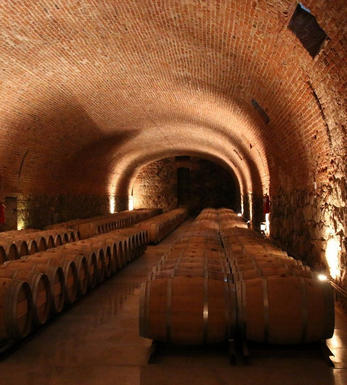
Bodegas Caro
Bodegas Caro is a renowned winery located in Mendoza, Argentina. It is a joint venture between two well-established wine families: Argentina’s Catena family and France’s Rothschild family. The winery was established in 1999 to combine the expertise and traditions of these two families to produce high-quality wines that reflect the unique terroir of Mendoza.
The Catena family is known for their pioneering work in elevating the quality of Argentine wines and promoting Malbec as the country’s signature grape variety. On the other hand, the Rothschild family has a long history in the wine industry and is associated with some of the world’s most prestigious wineries, including Château Lafite Rothschild in Bordeaux.
The winery is in the Mendoza region, considered one of Argentina’s premier wine-producing areas. Mendoza is known for its high-altitude vineyards, which benefit from optimal sunlight exposure and temperature variations that contribute to the developing of complex flavours in the grapes.
Bodegas Caro focuses on producing limited quantities of premium wines that blend traditional Argentine varietals, particularly Malbec, with classic Bordeaux varietals like Cabernet Sauvignon and Merlot. This blending of Old and New World winemaking traditions is intended to create wines that showcase both the unique characteristics of the Mendoza terroir and the elegance and structure associated with Bordeaux-style wines.
Some flagship wines Bodegas Caro produced include “Caro,” a blend of Cabernet Sauvignon and Malbec, and “Amancaya,” a combination of Malbec and Cabernet Franc. These wines often receive high praise from critics and enthusiasts for their balance, complexity, and age-worthy potential.
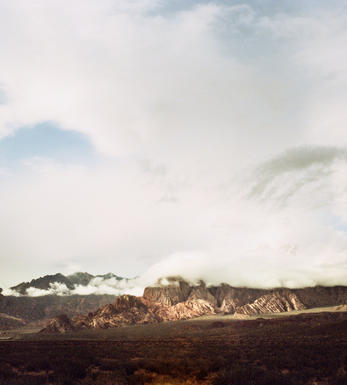
Argentina
As you would expect from the land of Tango (the dance, not the fizzy drink) Argentina produces ‘full-blooded’, seductive wines of spice and passion. Like their neighbours across the Andes in Chile, they produce excellent-value, largely red (but also increasingly white) varietal wines across all price points.
As the fifth-largest wine producing nation in the world, Argentina was long renowned for the quantity rather than quality of its wines. Since the 1990s however it has benefited enormously from the influx of investment and expertise – seemingly from every famous wine region in the world – combined with modern technology and better vineyard management and winemaking techniques. Apart from a couple of blips (notably the 1998 El Niño and the economic crisis of 2001-2), it has seen steady improvement, even if a general unwillingness to reduce yields has meant that its progress has been slower than hoped. So far it has emulated Chile’s success but has not yet, by a long chalk, surpassed it. The next Australia? Only time will tell.
Planted with vines by the Spanish colonisers in the mid-16th century, it was the widespread immigration from Italy and Spain in the mid-19th century (and later from France) that bestowed Argentina with its eclectic mix of grape varieties. The country’s trump card has turned out to be the old Bordeaux variety Malbec which, outside of Cahors, has never really made its mark in its French homeland. In Argentina it seems to have found its spiritual home, producing intense, opulent wines with refreshing acidity and increasing sophistication. In the hands of top producers and in increasingly good (and high) single vineyard sites, it is yielding some truly fine wines.
The underrated Bonarda is Argentina’s second most-planted variety, although the next best qualitatively are the improving Cabernet Sauvignon and Syrah, followed by Merlot, Tempranillo, Sangiovese, Pinot Noir and Barbera. The most interesting whites come from the fruity, floral Torrontés grape, but the there are some very fine wines from the ubiquitous Chardonnay, and it is the latter that looks set to dominate in years to come. Other white varieties include Sauvignon Blanc (in the coolest sites), Chenin Blanc, Sémillon, Pinot Gris and Viognier.
Much of Argentina is semi-desert and very dry and hot, even in the foothills of the Andes; it is only the high altitude of the vineyards and the cooling influence of the mountains that enables quality wines to be made. Irrigation is a must but it is only now that the vital step of limiting this to reduce yields is being followed by more than a small minority.
The region around Mendoza accounts for about 70 percent of Argentina’s wine production, although cooler, wetter areas like Patagonia in the south and Salta in the far north (home to the world’s highest vineyards, at an astonishing 3,000m) are increasingly influential even if quantity remains small. Salta produces very good Torrontés and Cabernet Sauvignon, while Patagonia, and particularly Río Negro, produces elegant whites and structured reds.
In Mendoza, a lot of poor-quality wine is still produced for domestic consumption but the sub-region of Luján de Cuyo produces some lovely velvety Malbecs while the cool, gravelly Maipú is best for Cabernet Sauvignon. The most exciting area in Mendoza for fine reds and whites, however, is the Uco Valley 60km south of the city. Its sub-region of Tupungato also produces Argentina’s best Chardonnay.
Recommended Producers:
Cheval des Andes, Pulenta, Alpamanta Estate
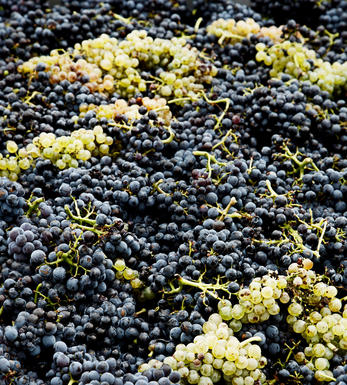
Other Varieties
There are over 200 different grape varieties used in modern wine making (from a total of over 1000). Most lesser known blends and varieties are traditional to specific parts of the world.


Buying options
Add to wishlist
wine at a glance
Delivery and quality guarantee